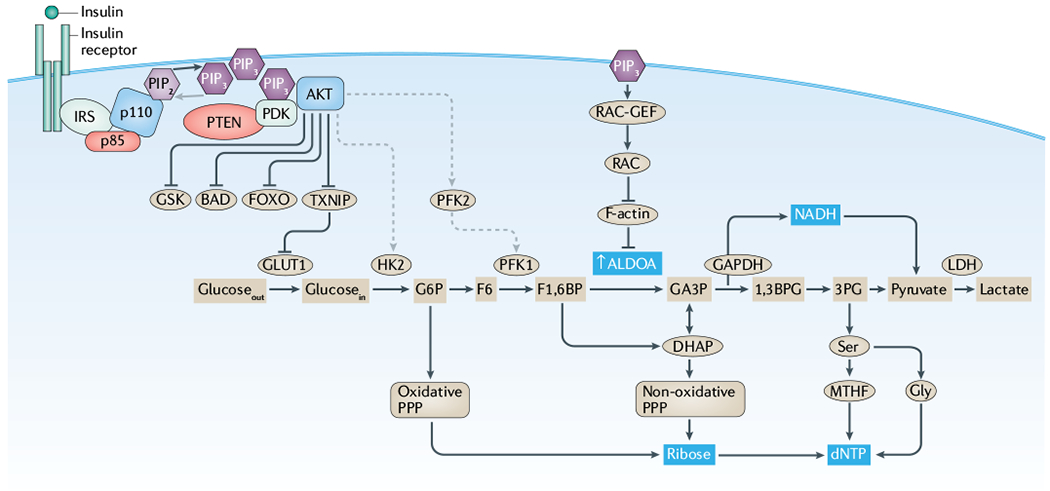Fig. 1 |. Insulin regulates glycolysis through both AKT-dependent and AKT-independent mechanisms.

This simplified figure highlights components of the phosphoinositide 3-kinase (PI3K)-regulated cellular signalling events that occur downstream of the interaction between insulin and its receptor. While a myriad of growth factors and their cognate receptors (such as insulin growth factor or epidermal growth factor) activate PI3K signalling, here we highlight the insulin receptor, which is of particular importance to the systemic feedbacks central to this Review. The effects of insulin are mediated through both AKT-dependent (left side) and AKT-independent mechanisms (right side). From an evolutionary perspective, systemic insulin drives the intracellular PI3K signalling pathway to integrate systemic nutrient status and cellular metabolism with cellular functions, including proliferation and survival. This function enables insulin to coordinate cellular activities with systemic features, such as glucose availability, and provides a unified mechanism for the generation and utilization of key metabolites, such as deoxyribonucleotide triphosphates (dNTPs). Under normal conditions, this integration of systemic and cellular activity protects the organism by linking metabolic requirements and cellular growth, thereby constraining cellular activities based on systemic factors. In the context of oncogenic transformation, this integration makes the insulin–PI3K signalling axis a vulnerability, as activating mutations in oncogenes (encoding p110 and AKT) or inactivating mutations in tumour suppressors (encoding p85 and phosphatase and tensin homologue (PTEN)) can decouple this integration. IRS, insulin receptor substrate; LDH, lactate dehydrogenase; MTHF, 5,10-methenyltetrahydrofolate; PDK, phosphoinositide-dependent kinase; PIP2, phosphatidylinositol 4,5-bisphosphate; PIP3, phosphatidylinositol 3,4,5-trisphosphate; PPP, pentose phosphate pathway.
